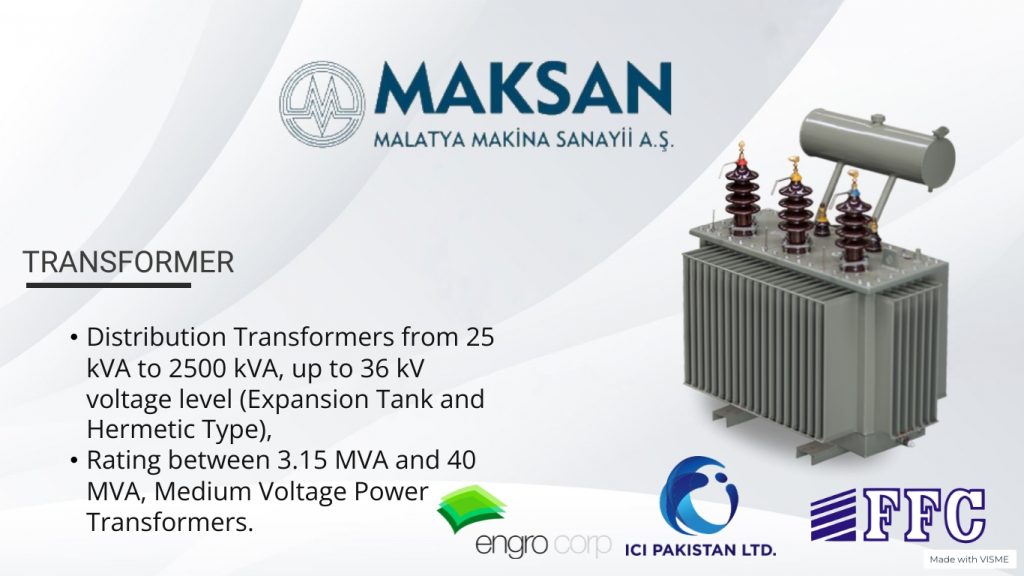
Comprehensive Testing of Transformers: Understanding Types and Significance
Transformers play a crucial role in electrical power distribution, converting voltage levels for efficient transmission. To ensure their reliability and performance, transformers undergo various tests. These tests not only confirm compliance with industry standards but also provide insights into the transformer’s condition and potential faults. One unique aspect of transformer testing involves analyzing the gases formed within the transformer, which can reveal valuable information about external faults.
Types of Transformer Tests:
- Routine Tests:
- These tests are conducted during the manufacturing process to ensure the transformer’s basic functionality.
- Includes measurement of winding resistance, turns ratio, and insulation resistance.
- Results verify that the transformer meets design specifications and is suitable for operation.
- Type Tests:
- Conducted on a prototype to validate design parameters.
- Involves impulse voltage tests, temperature rise tests, and short-circuit tests.
- Results demonstrate the transformer’s ability to withstand abnormal conditions and provide long-term reliability.
- Special Tests:
- Performed based on specific requirements or customer needs.
- May include partial discharge tests, noise level measurements, and efficiency tests.
- These tests provide additional insights into the transformer’s performance under various operating conditions.
- Diagnostic Tests:
- Aimed at assessing the transformer’s health during its operational life.
- Includes dissolved gas analysis (DGA), power factor tests, and insulation resistance measurements.
- Helps identify potential issues and plan maintenance activities.
Dissolved Gas Analysis (DGA):
DGA is a widely used diagnostic tool that involves analyzing gases dissolved in the transformer oil. Different gases are produced as a result of various internal and external factors affecting the transformer. The key gases considered in DGA are:
- Hydrogen (H2):
- Generated due to normal aging and overheating of the transformer insulation.
- Elevated levels may indicate localized overheating or electrical discharges.
- Methane (CH4) and Ethane (C2H6):
- Indicate high-temperature breakdown of the transformer oil.
- Presence suggests severe faults, such as arcing or sparking.
- Acetylene (C2H2):
- Typically generated during arcing and severe electrical faults.
- High concentrations may indicate internal arcing or partial discharges.
- Ethylene (C2H4):
- Produced during overheating and decomposition of cellulose insulation.
- Elevated levels may indicate insulation degradation.
- Carbon Monoxide (CO) and Carbon Dioxide (CO2):
- Indicate high-temperature oxidation of oil and insulation materials.
- Elevated levels suggest excessive heating.
Understanding Faults through Gas Formation:
The formation of gases inside a transformer provides valuable information about potential external faults:
- Localized Overheating:
- Presence of hydrogen and small amounts of methane and ethane may indicate localized overheating of the insulation.
- Arcing or Sparking:
- Elevated levels of acetylene and significant increases in other hydrocarbons may point to arcing or sparking within the transformer.
- Insulation Degradation:
- High levels of ethylene may suggest the degradation of cellulose insulation, possibly due to moisture or thermal stress.
Conclusion:
Comprehensive testing of transformers is essential to ensure their reliability and performance. Dissolved Gas Analysis, in particular, provides valuable insights into the transformer’s condition, allowing for proactive maintenance and the prevention of potential failures. Understanding the gases formed within a transformer is crucial for identifying external faults and addressing issues before they impact the transformer’s functionality. Regular testing and monitoring play a key role in extending the lifespan of transformers and maintaining a reliable electrical power distribution network.
Contact (technocontrolcorp.com)
www.linkedin.com/company/technocontrolco
